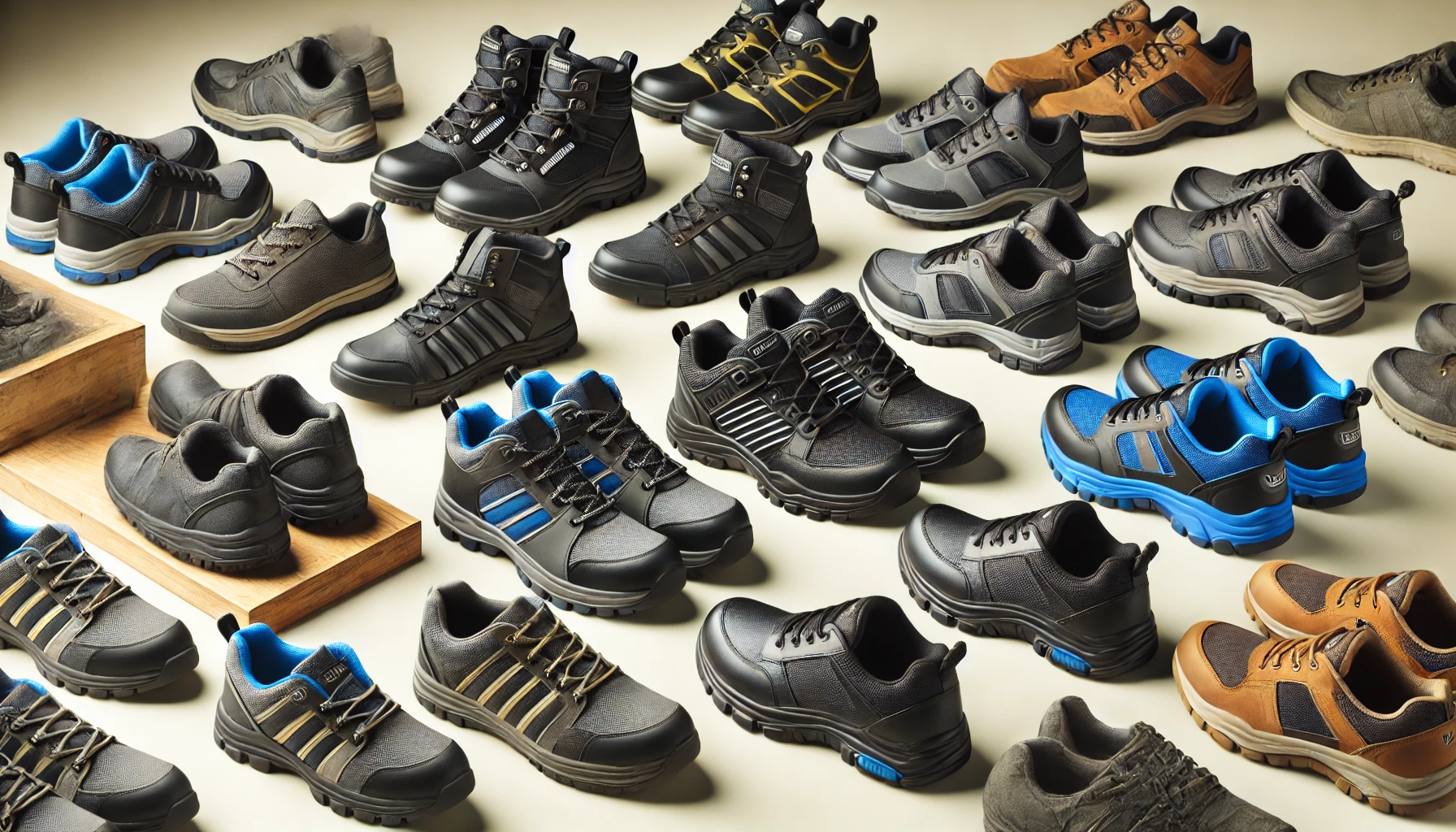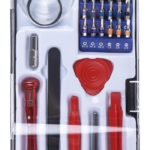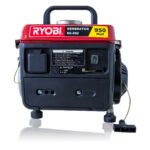
Introduction
In workplace or industrial settings, injuries such as punctures, cuts, burns, slips, and crush injuries are common. To avoid these occupational injuries, safety trainers serve as forefront shields, protecting workers from potential hazards. These footwear also provide comfort for feet during long hours of standing or walking, providing unparalleled benefits to wearers in various work environments. This article covers different aspects of safety trainers, exploring their importance and popular types to help you ensure a safe working environment.
What are Safety Trainers? Understanding Their Importance
They are also called site safety trainers, are stylish and comfortable safety footwear designed to protect the wearer’s feet from various hazards in different workplaces. These shoes provide robust protection and unmatched comfort in multiple industries, such as construction, manufacturing, and logistics, where workers are exposed to risks like falling objects, slips, and electrical hazards. Moreover, they are typically made from durable, breathable materials (like leather), providing added comfort, longevity, and weather resistance.
The prominent significance of safety trainers lies in robust safety in various workplaces. Their toe cap, puncture-resistant midsole, and slip-resistant outsole make them unique from standard safety boots for employees in different professional workplaces. Additionally, selecting the right pair of safety shoes safeguards wearers from potential work hazards, improves overall comfort, and reduces fatigue, leading to enhanced overall productivity.
The Difference Between Safety Trainers, Safety Boots, and Safety Shoes: Clearing the Confusion
While the terms safety trainers, boots, and shoes are often used interchangeably, they do have distinct characteristics. They offer basic protection in lighter work environments where comfort and style are important. They resemble athletic or casual shoes.
Safety boots are the most used and common safety footwear. They are taller shoes, often with a lace-up design, designed to provide extensive protection in hazardous environments. They include multiple protection features, such as ankle support and steel to caps, and integrate resistance features.
Safety shoes are similar to casual shoes but with a lower profile than boots. They provide similar protection to safety trainers and are best for work environments and business attire that require foot protection and a formal appearance.
Exploring Different Varieties
Safety trainers come in various forms based on gender, protection levels, features, height, and industries in which they are used. Understanding the different types available can help you select the right pair for specific workplace needs. These types include:
Safety Trainers Based on Gender
- Men’s Safety Trainers – Men’s safety footwear is typically designed for a broader foot with a larger size range. However, they typically incorporate features like rugged durability and extra support.
- Women’s Safety Trainers – Compared to men’s safety trainers, women’s safety trainers are designed with a narrower fit and often come in smaller sizes. They include features tailored to female workers, such as additional cushioning and stylish designs.
Safety Trainers Based on Protection
- Steel Toe Safety Trainers – These steel cap trainers come with a steel cap over the toe area to protect against impact and compression.
- Composite Toe Safety Trainers – Composite toe trainers are made from non-metal materials and offer protection similar to steel toes. They are lightweight safety trainers that do not conduct heat or electricity.
- Soft Toe Safety Trainers – These are soft safety footwear that provide basic protection but do not have a reinforced toe cap.
Safety Trainers Based on Protection Features
- Anti-Slip Safety Trainers – Anti-slip safety trainers, as the name suggests, are well-designed with specialised outsoles that provide a superior grip on slippery surfaces.
- Waterproof Safety Trainers – These footwear are ideal for wet environments to keep feet dry while offering protection.
- Heat Resistant – They are suitable for industries with high temperatures, like welding or foundry.
- Electric Shock Resistant – These electrical hazard footwear are ideal for environments with exposure to electrical hazards.
- Metatarsal Guard Footwear – These safety footwear protect the upper foot from falling objects.
Safety Trainers Based on Height
- Low-Cut Safety Trainers – They offer ankle support but allow greater flexibility.
- Mid-Cut Safety Shoes – These pairs of boots provide more ankle support than low-cut but less than high-cut.
- High-Cut Safety Shoes – High-cut safety trainers offer maximum ankle support and are ideal for hazardous environments.
Industry-Specific Safety Trainers
- Industrial Safety Trainers – They are designed for heavy-duty work environments, offering maximum protection.
- Construction Safety Trainers – These are built for construction sites and feature sturdy materials and slip-resistant soles.
- Service Industry – These safety footwear are suitable for hospitality and food service, often with non-slip soles and stylish designs.
- Medical Safety Trainers – They are well-designed for healthcare professionals, offering slip resistance, fluid resistance, and comfort.
Final Thoughts
Safety trainers are a vital piece of protective gear for workers across various industries. Understanding their different types, features, and benefits can help you purchase suitable safety trainers for your specific workplace requirements. Whether you work in construction, manufacturing, or any industry and are looking for robust protection and comfort, they provide a versatile and practical solution.





















